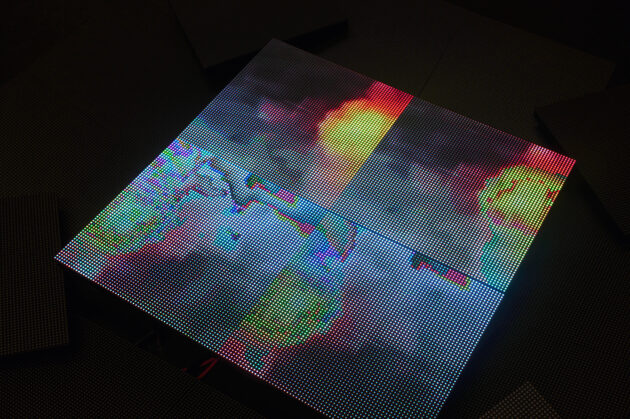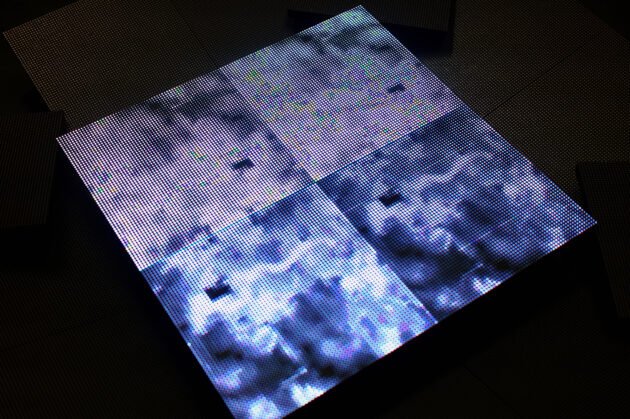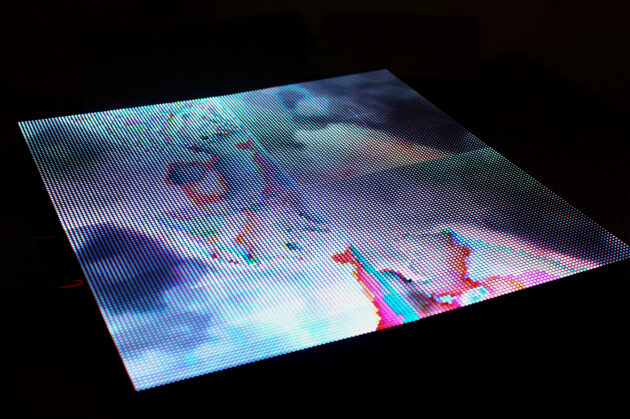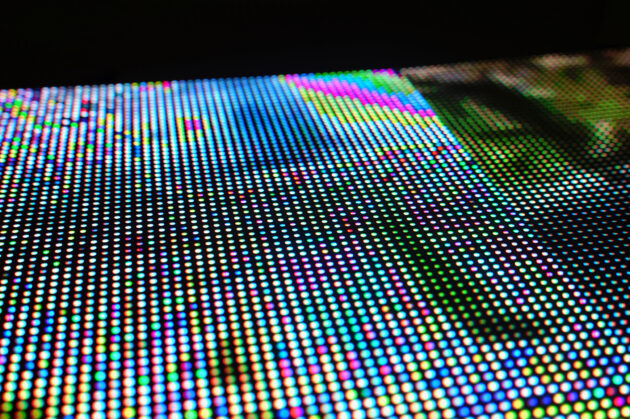IT’S NOT A GAME.

“You can’t see people on a map.” I once read this dialogue in a comic about a world power using high technology to instantly destroy a country from a distance. This made a lasting impression on me.
Human civilisation has developed to such an extent that at certain times it still uses the most primitive and violent methods as the last “necessary method” to achieve its will. At the same time, technological development has led to the emergence of more lethal weapons on the battlefield. The invention of unmanned aerial vehicles(UAVs) is certainly one of them. While watching the related documentary, it gave me chills to watch soldiers looking at a screen and pressing buttons to destroy targets.
On the operator interface, all targets become flat symbols. In my opinion, this video game-like approach not only attempts to remove the operator’s sense of guilt, but also promotes the ruthlessness of war.
In an age where people are accustomed to receiving and transmitting information visually, I think it is inevitable and necessary to discuss this issue.


This video installation takes as its starting point the increasingly “easy-to-use” operator interface of UAVs and tries to respond to it in an ironic way.
LED matrix panels are used as the display screen. What the viewer sees on the screen appears to be a colorful moving video/game, but in reality the playback consists of real war videos that used UAVs.


Through the same aerial perspective as the operator interface, each LED in this installation flickers or disappears, which represents things that have been ruthlessly treated in the wars. The moving pixels that are continuously distorted are like the operator/viewer’s numbness to such actions/images.



